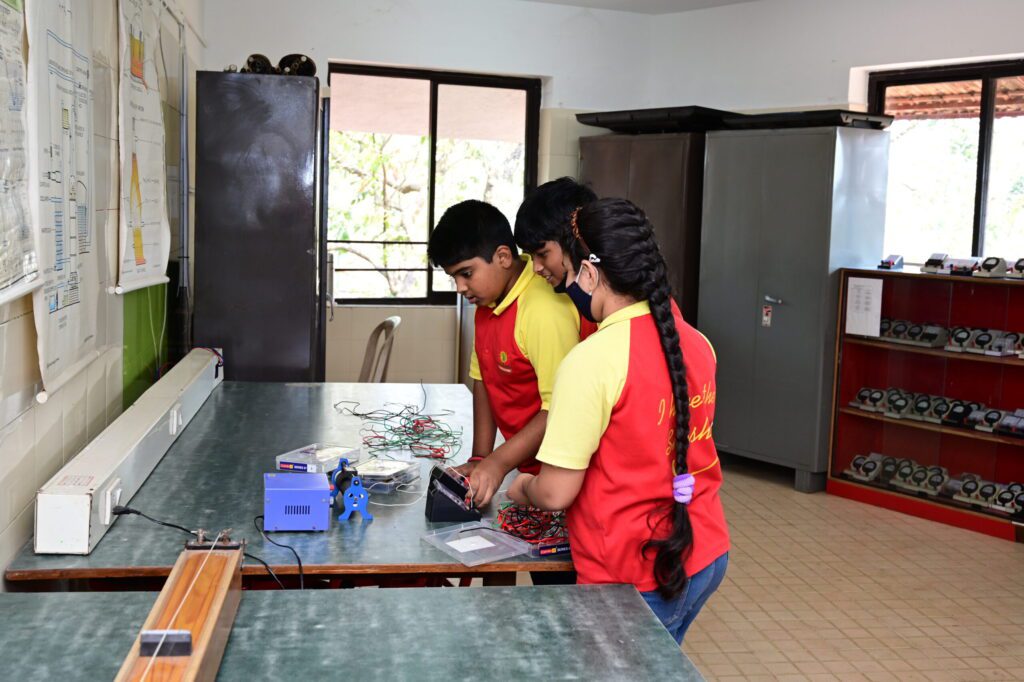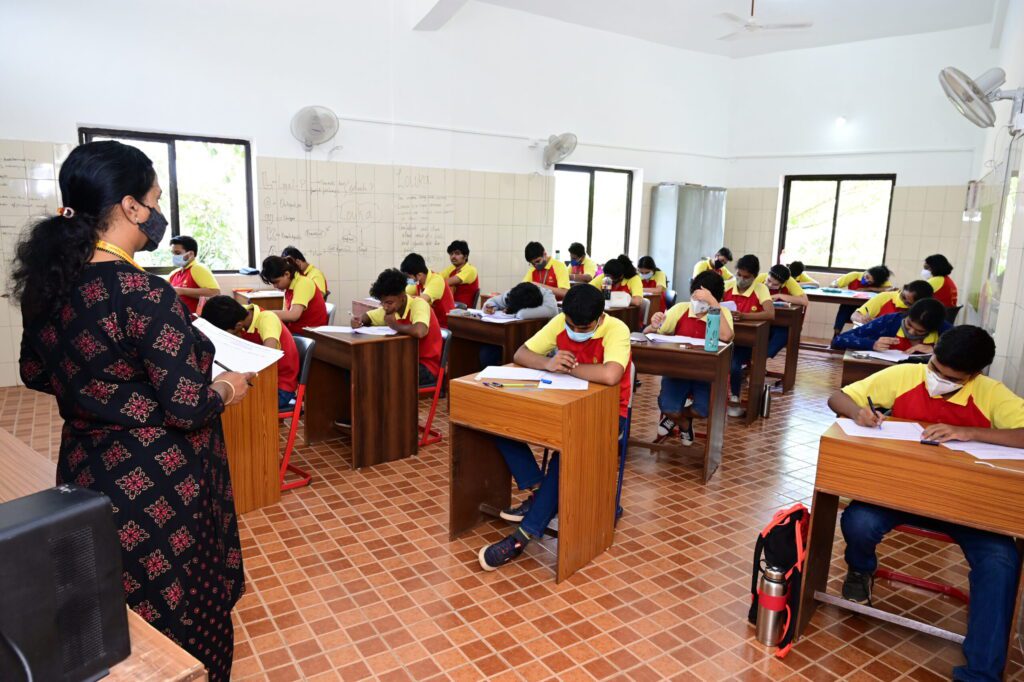Historical Background
A trail of developments mark the significant changes that took place over the years in shaping up the Board to its present status. U P Board of High School and Intermediate Education was the first Board set up in 1921. It has under its jurisdiction Rajputana, Central India and Gwalior. In response to the representation made by the Government of United Provinces, the then Government of India suggested to set up a joint Board in 1929 for all the areas which was named as the ‘Board of High School and Intermediate Education, Rajputana’. This included Ajmer, Merwara, Central India and Gwalior. The Board witnessed rapid growth and expansion at the level of Secondary education resulting in improved quality and standard of education in institutions. But with the advent of State Universities and State Boards in various parts of the country the jurisdiction of the Board was confined only to Ajmer, Bhopal and Vindhya Pradesh later. As a result of this, in 1952, the constitution of the Board was amended wherein its jurisdiction was extended to part-C and Part-D territories and the Board was given its present name ‘Central Board of Secondary Education’. It was in the year 1962 finally that the Board was reconstituted. The main objectives were to serve the educational institutions more effectively, to be responsive to the educational needs of those students whose parents were employed in the Central Government and had frequentlyMain objectives of CBSE are:
- To define appropriate approaches of academic activities to provide stress free, child centered and holistic education to all children without compromising on quality
- To analyze and monitor the quality of academic activities by collecting the feedback from different stakeholders
- To develop norms for implementation of various academic activities including quality issues;
- To control and coordinate the implementation of various academic and training programmes of the Board;
- To organize academic activities and to supervise other agencies involved in the process
- To adapt and innovate methods to achieve academic excellence in conformity with psychological, pedagogical and social principles.
- To encourage schools to document the progress of students in a teacher and student friendly way
- To propose plans to achieve quality benchmarks in school education consistent with the National goals
- To organize various capacity building and empowerment programmes to update the professional competency of teachers
- To prescribe conditions of examinations and conduct public examination at the end of Class X and XII.
- To grant qualifying certificates to successful candidates of the affiliated schools.
- To fulfill the educational requirements of those students whose parents were employed in transferable jobs
- To prescribe and update the course of instructions of examinations
- To affiliate institutions for the purpose of examination and raise the academic standards of the country.
The prime focus of the Board is on:
- Innovations in teaching-learning methodologies by devising students friendly and students centered paradigms
- Reforms in examinations and evaluation practices.
- Skill learning by adding job-oriented and job-linked inputs
- Regularly updating the pedagogical skills of the teachers and administrators by conducting in service training programmes, workshops etc.


Jurisdiction
The jurisdiction of the Board is extensive and stretches beyond the national geographical boundaries. As a result of the reconstitution, the erstwhile ‘Delhi Board of Secondary Education’ was merged with the Central Board and thus all the educational institutions recognized by the Delhi Board also became a part of the Central Board. Subsequently, all the schools located in the Union Territory of Chandigarh. Andaman and Nicobar Island, Arunachal Pradesh, the state of Sikkim, and now Jharkhand, Uttaranchal and Chhattisgarh have also got affiliation with the Board. From 309 schools in 1962, the Board as on 01-05-2019 has 21271 schools in India and 228 schools in 25 foreign countries. There are 1138 Kendriya Vidyalayas, 3011 Government/Aided Schools, 16741 Independent Schools, 595 Jawahar Novodaya Vidyalayas and 14 Central Tibetan Schools.
